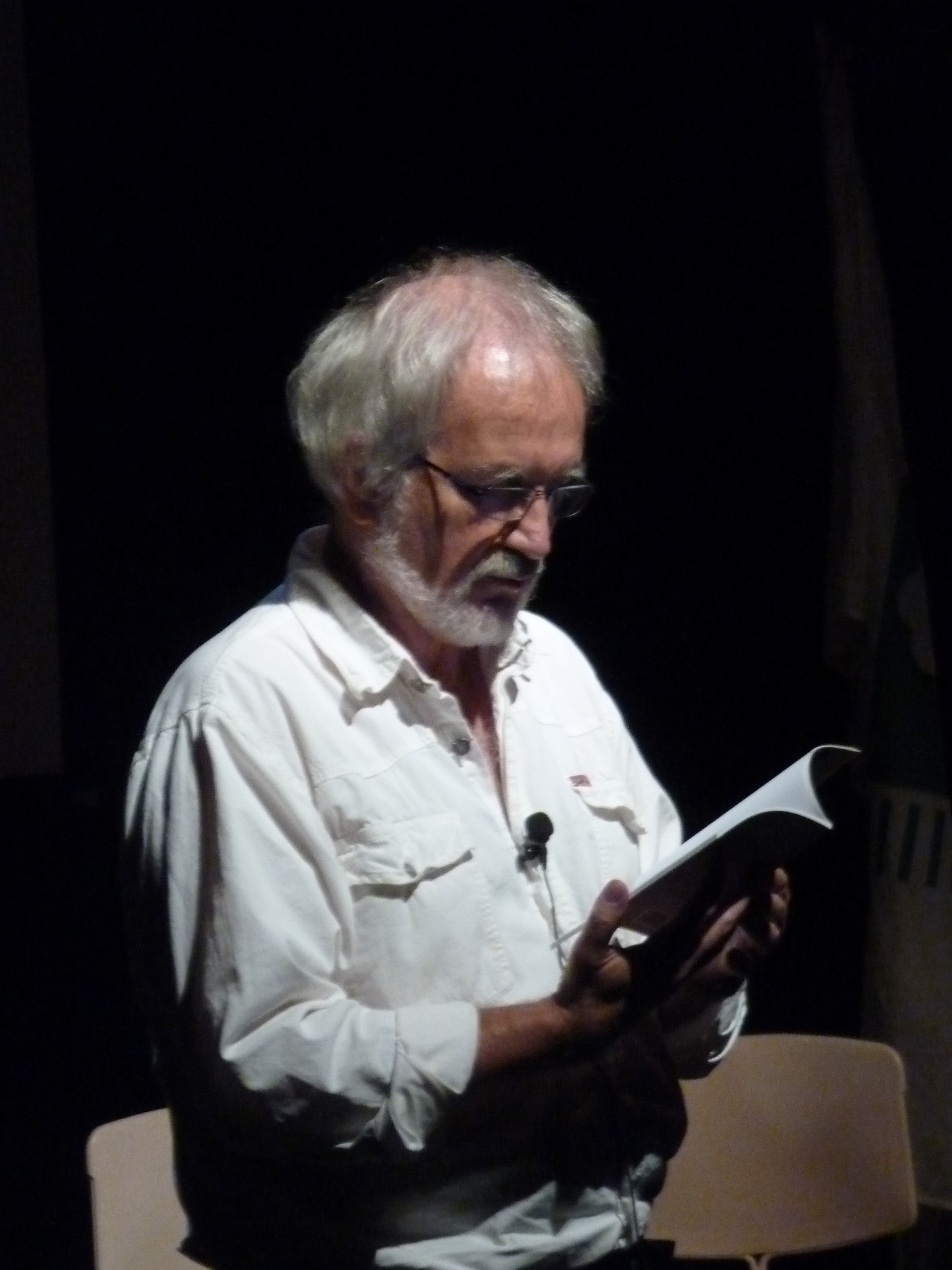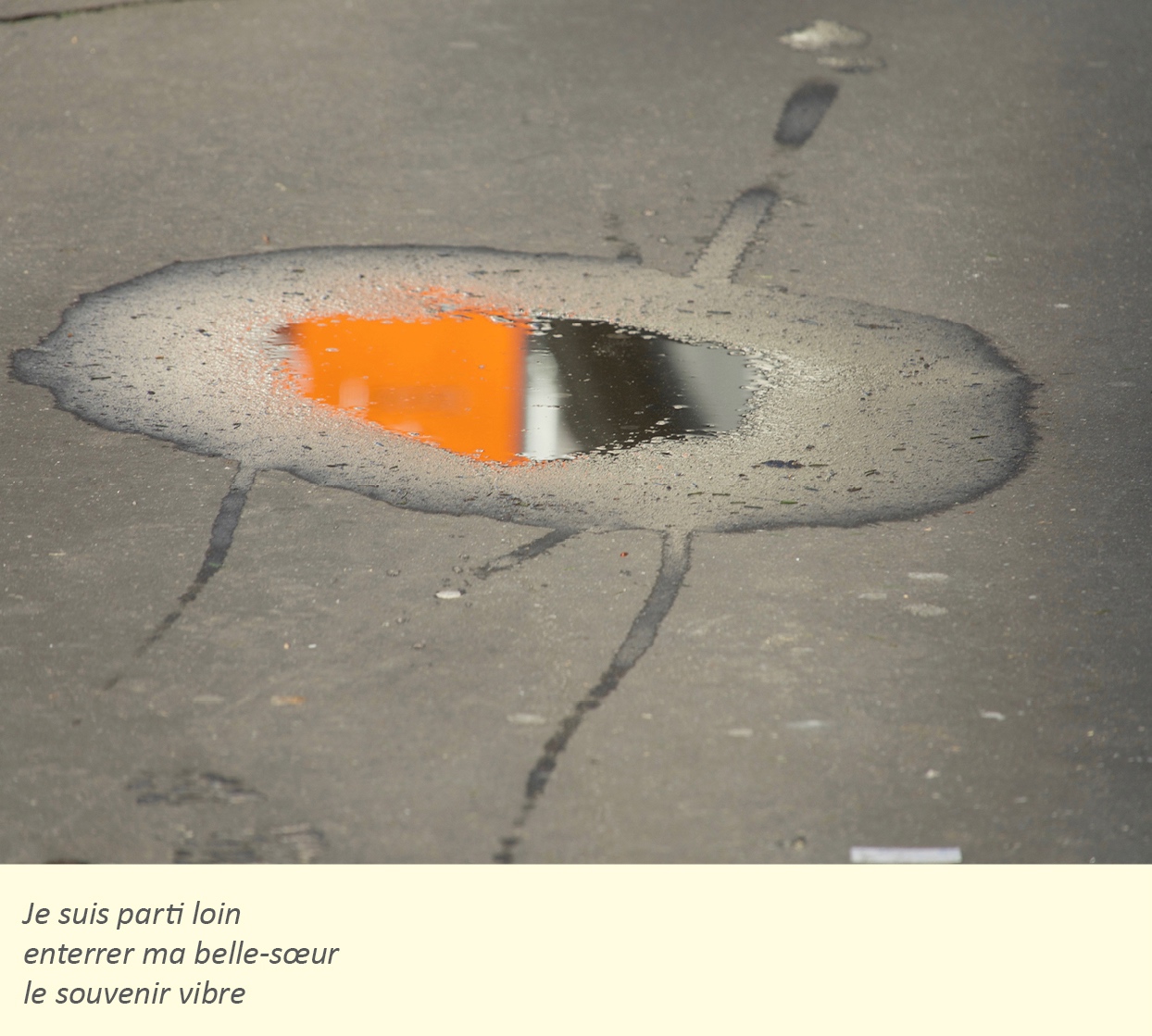 Jacques Rancourt, born in Quebec (Lac-Mégantic) in 1946, is a poet, essayist, photographer and translator. After graduating from Laval University in Quebec, he arrived in Paris in 1971 to continue his studies in French literature and has lived in Paris ever since. He earned a Doctorate in French literature from the University of Paris, having written his doctoral thesis on French-language African and Caribbean poetry after the literary movement known as “Négritude”. He is the author or co- author of many works on contemporary French poetry. His international and multidisciplinary approach to poetry has led him to direct the France-Québec literary prize (from 1996 to 2005) and the French-English Poetry Festival (from 1982 to 2014). In 1983, he founded the revue “La Traductière”, an international journal of poetry and visual arts.
Jacques Rancourt, born in Quebec (Lac-Mégantic) in 1946, is a poet, essayist, photographer and translator. After graduating from Laval University in Quebec, he arrived in Paris in 1971 to continue his studies in French literature and has lived in Paris ever since. He earned a Doctorate in French literature from the University of Paris, having written his doctoral thesis on French-language African and Caribbean poetry after the literary movement known as “Négritude”. He is the author or co- author of many works on contemporary French poetry. His international and multidisciplinary approach to poetry has led him to direct the France-Québec literary prize (from 1996 to 2005) and the French-English Poetry Festival (from 1982 to 2014). In 1983, he founded the revue “La Traductière”, an international journal of poetry and visual arts.
Jacques Rancourt has written poetry since his student days. Since 1974, he has published many poetry collections, as well as works in which his poems dialogue with his art and photography, along with numerous essays and translations. In recent years, he has developed his interest in haikus after working with the famous haiku poet and professor Ban’ya Natsuishi. True to his multidisciplinary artistic approach, Jacques Rancourt illustrates his haikus with his photography, so that in fact the two media comprise a single artistic work. His poetry has been translated into many languages. Jacques Rancourt was awarded the “Francophonie” Agen Prize in 2002 and the “Dante” European Prize for Poetry in 2018.

In his work “La Vie au Sol”, Jacques Rancourt proposes a visual and literary dialogue between haikus from his collection « Ailleurs est partout chez lui » and his photographs of unretouched objects found on the ground, such as leaves, fruits, surfaces of roads or sidewalks affected by light, wind or water… According to Jacques Rancourt, “the image must be able to be interpreted without the text, and the text without the image. This is the condition for a fruitful connection between the two.” (site “Editions Caractères”)
Français


